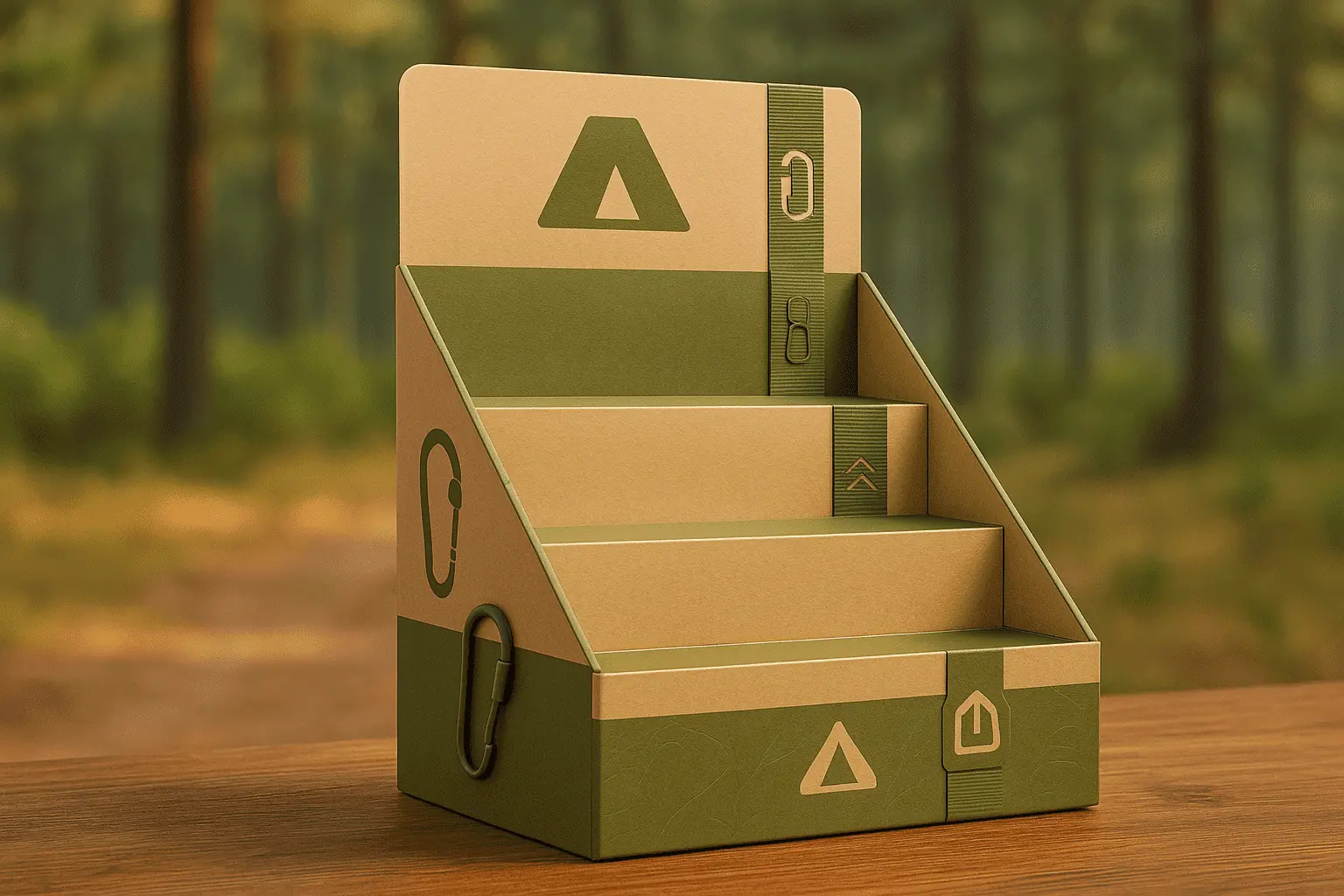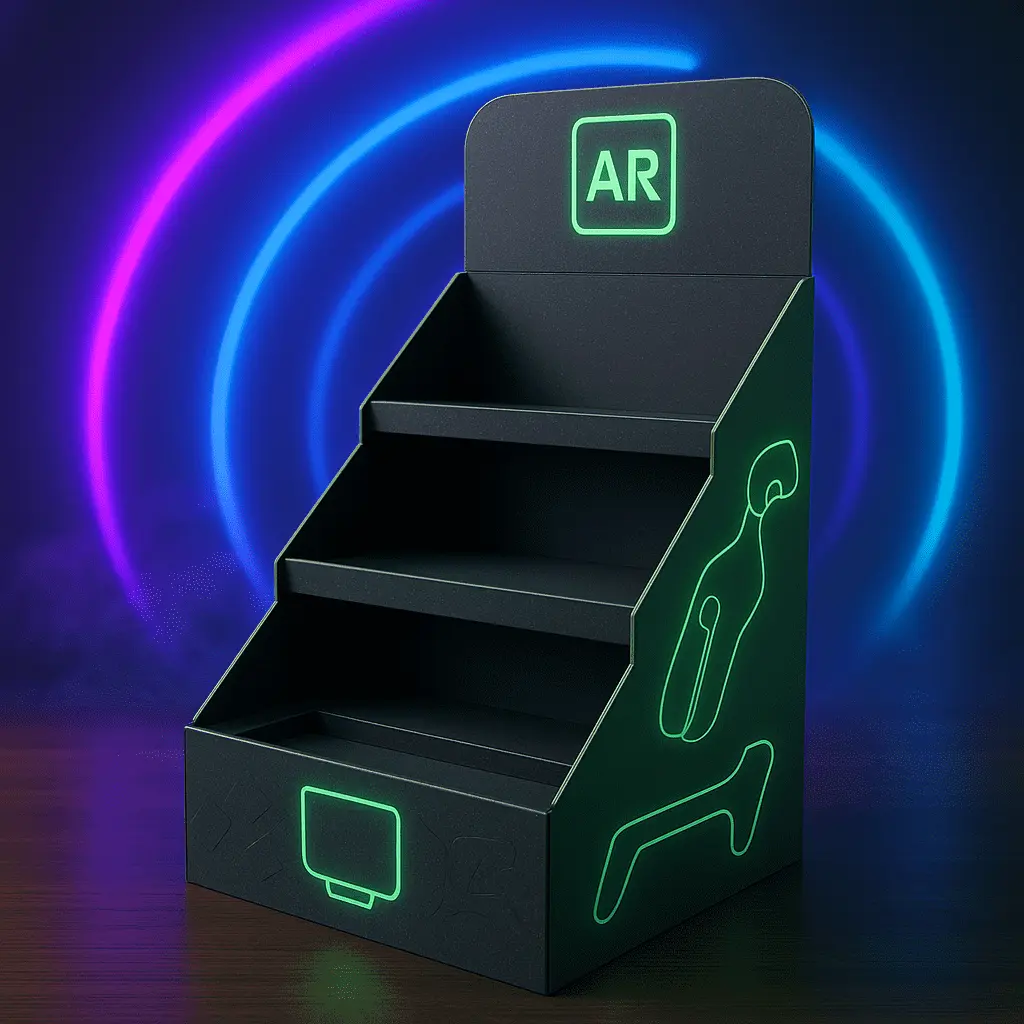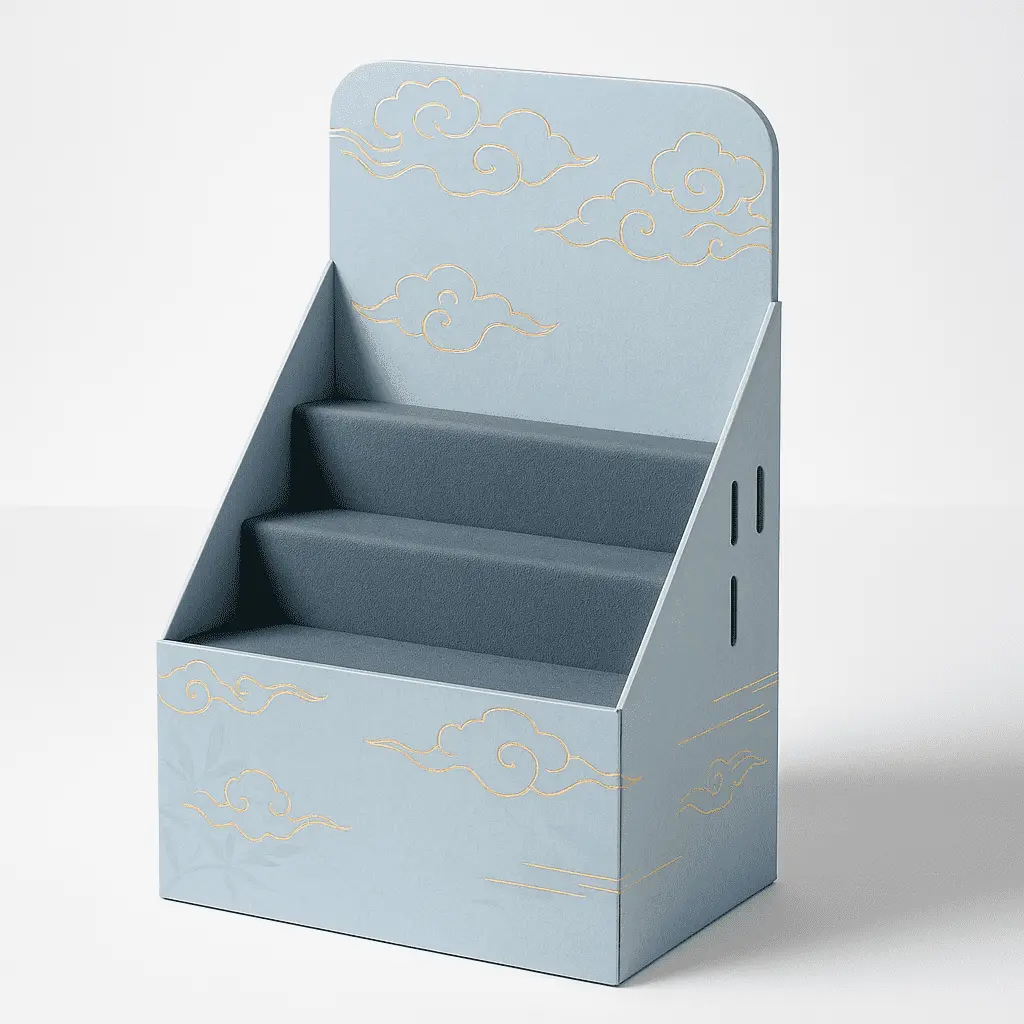The Evolution and Impact of PDQ Displays in Retail
A Brief History of PDQ Displays
The concept of PDQ displays emerged as a response to the growing need for efficient and attractive product presentation in retail spaces. Initially, these displays were simple cardboard structures designed to hold and showcase items. However, as competition in the retail sector intensified, so did the sophistication of PDQ displays. Manufacturers began experimenting with various materials, shapes, and designs to create displays that not only held products but also served as powerful marketing tools.
Revolutionizing In-Store Marketing
PDQ displays have revolutionized in-store marketing strategies. By combining product storage with promotional elements, these displays have become a crucial touchpoint in the customer journey. They allow brands to create mini billboards within stores, effectively communicating product features, benefits, and brand messages directly at the point of purchase. This integration of marketing and product presentation has significantly impacted impulse buying behaviors and overall sales performance.
Adapting to Changing Retail Landscapes
As the retail landscape continues to evolve, PDQ displays have adapted to meet new challenges. With the rise of e-commerce, brick-and-mortar stores have had to focus more on creating engaging in-store experiences. PDQ displays have risen to this challenge by becoming more interactive, incorporating digital elements, and offering customizable options that allow brands to create unique, attention-grabbing presentations that complement their online presence.
Design Principles and Customization Options for PDQ Displays
Key Design Elements for Effective PDQ Displays
Creating an effective PDQ display involves careful consideration of several design elements. The structure must be sturdy enough to hold products securely while being lightweight for easy transportation and setup. Visual appeal is paramount, with color schemes, graphics, and typography playing crucial roles in attracting customer attention. The layout should guide the eye naturally, leading customers through a visual narrative that highlights key product features and benefits.
Customization Possibilities
One of the greatest strengths of PDQ displays lies in their customization potential. Brands can tailor these displays to perfectly align with their identity and product requirements. This customization extends beyond mere aesthetics; it includes structural modifications to accommodate different product sizes and shapes, integration of brand-specific elements, and even incorporation of interactive features like QR codes or NFC technology for enhanced customer engagement.
Sustainable Design Considerations
As environmental concerns become increasingly important to consumers, sustainable design has become a key consideration in PDQ display creation. Many manufacturers now offer eco-friendly options, using recyclable materials, soy-based inks, and designs that minimize waste. These sustainable PDQ displays not only appeal to environmentally conscious consumers but also help brands demonstrate their commitment to corporate social responsibility.
Maximizing ROI: Strategies for Effective PDQ Display Implementation
Strategic Placement and Store Layout Integration
The effectiveness of PDQ displays is heavily influenced by their placement within a store. Strategic positioning near high-traffic areas, complementary products, or at the end of aisles can significantly boost visibility and sales. It's crucial to work closely with retailers to integrate PDQ displays seamlessly into the overall store layout, ensuring they enhance rather than disrupt the shopping experience. This collaborative approach can lead to mutually beneficial arrangements that maximize the impact of the displays.
Data-Driven Design and Performance Tracking
To truly maximize ROI, brands should adopt a data-driven approach to PDQ display design and implementation. This involves analyzing sales data, customer behavior patterns, and even eye-tracking studies to inform display designs. By understanding which elements of a display are most effective in driving engagement and sales, brands can continuously refine their approach. Implementing systems to track the performance of different display designs across various locations can provide valuable insights for future campaigns.
Multi-Channel Integration and Brand Consistency
In today's omnichannel retail environment, PDQ displays should be viewed as part of a broader marketing strategy. Ensuring consistency between in-store displays and online marketing efforts can reinforce brand messaging and create a cohesive customer experience. This might involve incorporating QR codes that link to online product pages, using designs that mirror current digital advertising campaigns, or creating displays that complement social media initiatives. By integrating PDQ displays into a multi-channel approach, brands can create a more immersive and effective marketing presence.
Conclusion
PDQ display boxes represent a powerful fusion of functionality and design in the retail world. Their ability to streamline product presentation while serving as effective marketing tools makes them an invaluable asset for brands across various industries. As retail continues to evolve, PDQ displays adapt, incorporating new technologies and sustainable practices to meet changing consumer expectations. By leveraging strategic design, data-driven insights, and multi-channel integration, businesses can harness the full potential of PDQ displays to enhance their in-store presence, boost sales, and create memorable customer experiences.
Contact Us
Ready to elevate your brand's retail presence with custom PDQ display solutions? We offer fully tailored options, including custom sizes, materials, graphics, and finishes to perfectly align with your brand's identity and product needs. Contact us at support@fetchingprinting.com to explore how we can help you create impactful, tailored displays that drive results.





